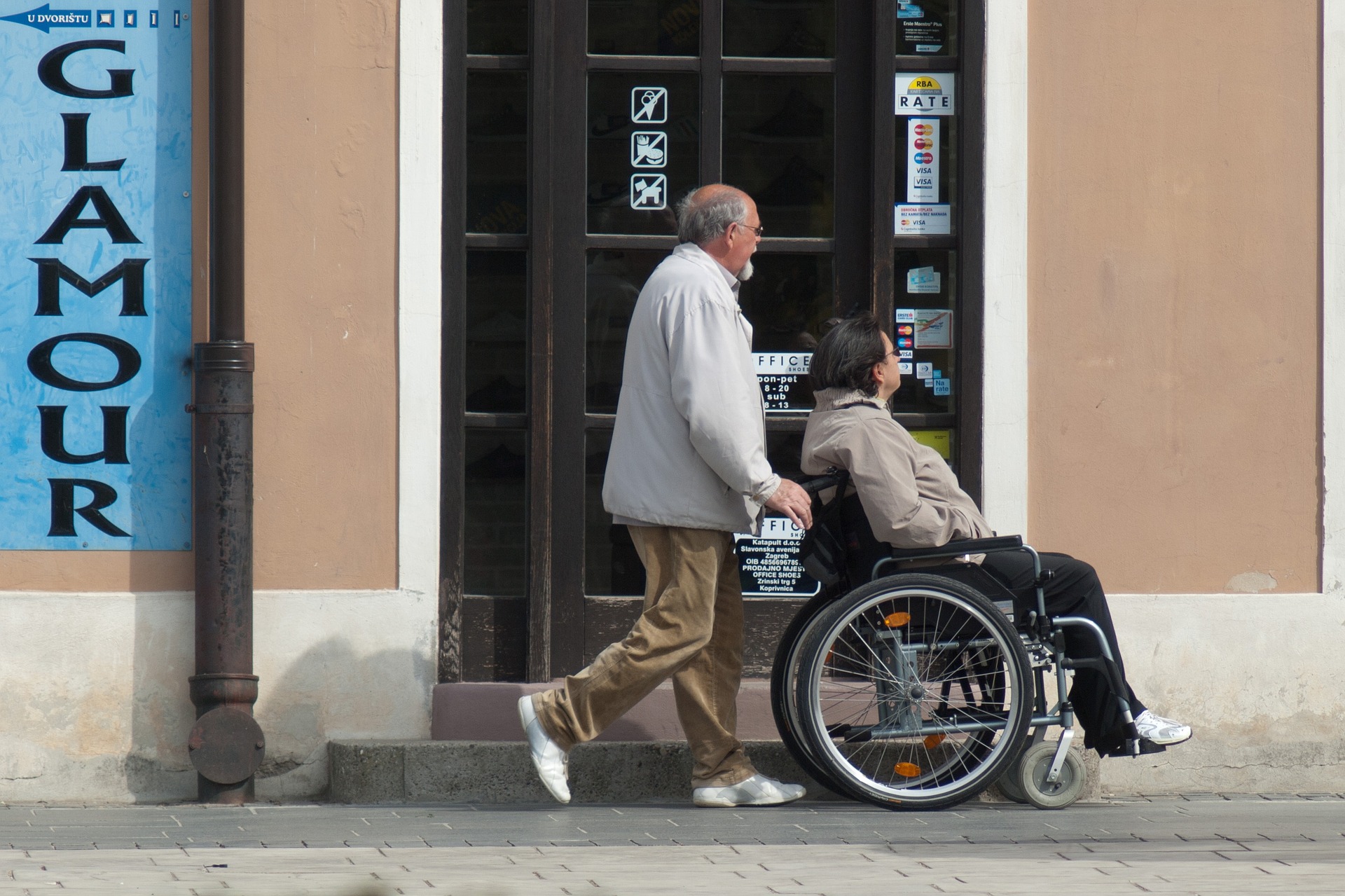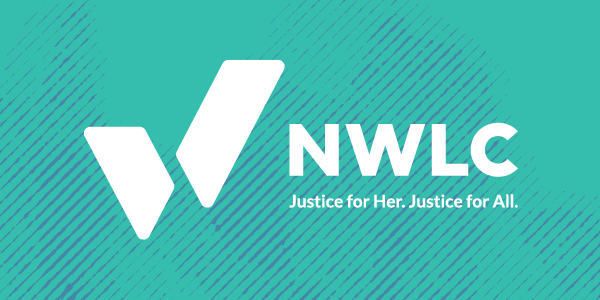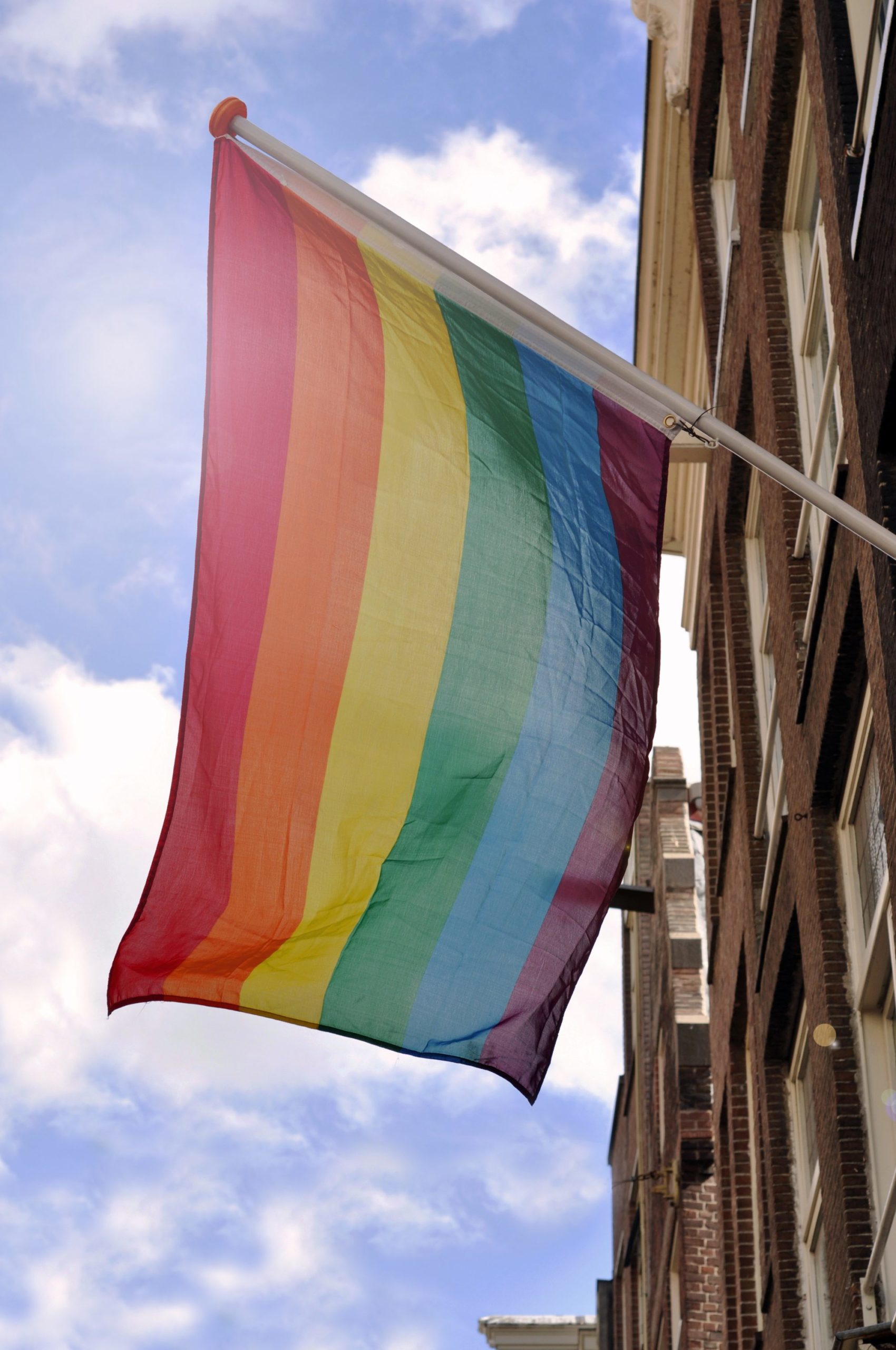Nearly 10 Million Women Left Uninsured in 2019; Being a Woman Still Raised the Odds of Being Poor in America; and the Wage Gap for Black Women and Latinas Closed by One Penny
(Washington, D.C.) Today, the U.S. Census Bureau released new data on health insurance, poverty, and income from 2019. Nearly ten million women were left without health coverage last year, putting them at increased health and financial risk due to COVID-19. Being a woman in America continued to be a pre-existing condition for becoming poor—and women of color are most at risk. The wage gap for women overall remained statistically the same for the third year in a row, but it narrowed by a single penny for Black women and Latinas, according to analysis by the National Women’s Law Center.
Health Insurance Coverage
“The Trump Administration erected consistent barriers to health care that left nearly ten million women without health coverage and more vulnerable to the health and financial consequences of COVID-19,” said Dorianne Mason, Director of Health Equity, Reproductive Rights and Health at the National Women’s Law Center (NWLC). “These barriers now leave millions more women and girls to face potential coverage gaps after losing employer-sponsored coverage. To make matters worse, the Census Bureau’s coordinated decision to withhold health insurance coverage data provided by race, sex, and age hides the real-life consequences of these targeted attacks on women of color. Trump’s attempt to take away health care for the millions covered by the Affordable Care Act continues in court, but we won’t stop fighting until everyone has access to the care they deserve.”
Toplines for Health Insurance Coverage in 2019:
- One in ten non-elderly adult women were without insurance in 2019, meaning nearly 10 million women 19-64 were uninsured last year.
- Nearly 1 in 9 women of reproductive age (19-54) were uninsured in 2019, meaning 8.1 million were without insurance last year.
- Latinx women and girls (15 percent) were three times more likely than white, non-Hispanic women and girls (5 percent) to be without insurance in 2019.
- 8 percent of Black women and girls were uninsured last year, along with 6 percent of Asian women and girls.
Poverty Snapshot in 2019
“As this data shows, we walked into this pandemic neglecting the needs of working families and abandoning the Black, brown, and immigrant women whose unpaid and underpaid labor makes our entire economy possible, said Melissa Boteach, Vice President for Income Security and Child Care/Early Learning at the National Women’s Law Center (NWLC). COVID-19 has underscored how our fates are intertwined – and the high levels of economic, racial, and gender inequality evidenced in this data left all of us more vulnerable to the ravages of the pandemic and ensuing recession, neither of which is reflected in these numbers. And yet, this administration has continued a longstanding American tradition of ignoring or shortchanging families for whom hunger, evictions, low pay, and unemployment have always been a fact of life. We don’t’ need to wait until next year’s data to address the deep economic pain that resulted from those choices –Congress must enact substantial relief before it gets worse.”
Toplines for Poverty in 2019:
- More than 13.8 million women 18 and older, or nearly one in nine, lived in poverty in 2019.
- Poverty rates were far worse for many women of color: 18 percent of Black women and 15 percent share of Latina women were in poverty last year as compared to 6 percent of white, non-Hispanic men.
- Women made up more than 6 in 10 seniors who lived in poverty last year, with the poverty rate for senior women at 10 percent.
- More than three in ten female-headed families with children were poor in 2019. Nearly 6 in 10 poor children lived in a female-headed household last year.
***The data released by the Census Bureau today reflects women’s economic situation in calendar year 2019 – before COVID-19. For data and analysis on how women are faring in the current economic crisis, see https://nwlc.org/resources/women-on-the-front-lines-tracking-womens-employment-in-the-covid-19-crisis/.
Wage Gap in 2019:
Today’s data revealed no statistically significant difference in the wage gap between 2018 and 2019 for women overall. For three straight years, women working full time, year round were still paid just 82 cents for every dollar paid to their male counterparts in 2019, but the wage gap closed by one cent for Black women and Latinas, according to analysis by the National Women’s Law Center (NWLC).
“It’s outrageous that Black women and Latinas only scored a single penny raise last year,” said Emily Martin, Vice President for Education and Workplace Justice at the National Women’s Law Center (NWLC). “At this moment of a pandemic and a recession, it’s especially bitter news for these women who are shortchanged the most. One third of Black women are essential workers who are keeping the country going, but the wage gap robs them of thousands of dollars each year. And over a 40-year career, many women of color stand to lose more than a million dollars. Imagine if those lost wages were available to them now. This is life-changing money—and women and their families can’t afford inaction on equal pay any longer.”
Toplines for Wage Gap in 2019:
The wage gap, broken down by race and ethnicity, shows wider gaps for most women of color, according to NWLC analysis:
- Latina women working full time, year round were paid just 55 cents for every dollar paid to white, non-Hispanic men.
- Black women working full time, year round were paid just 63 cents for every dollar paid to white, non-Hispanic men.
- White, non-Hispanic women working full time, year round were paid just 79 cents for every dollar paid to white, non-Hispanic men.
- Asian women working full time, year round were paid just 87 cents for every dollar paid to white, non-Hispanic men.
NWLC will continue to update its analysis here.




